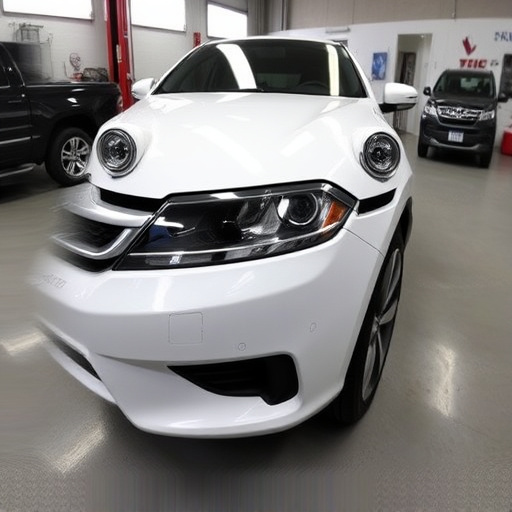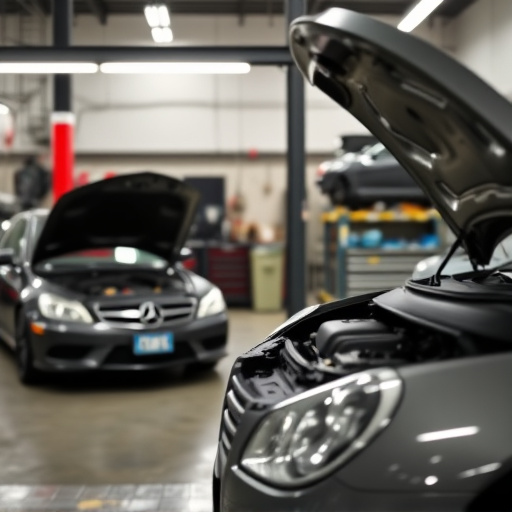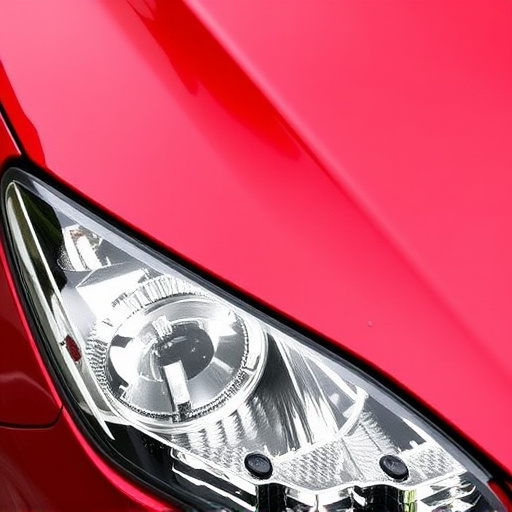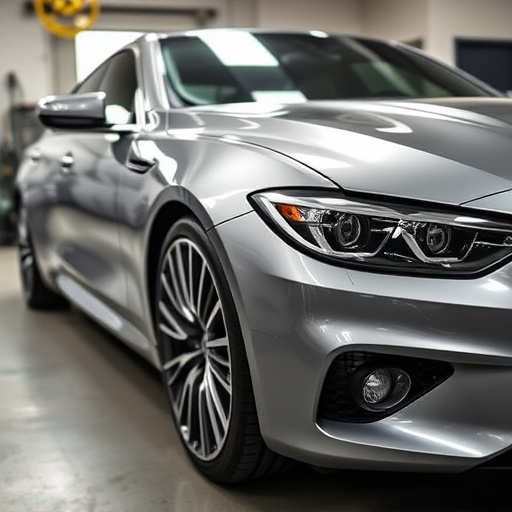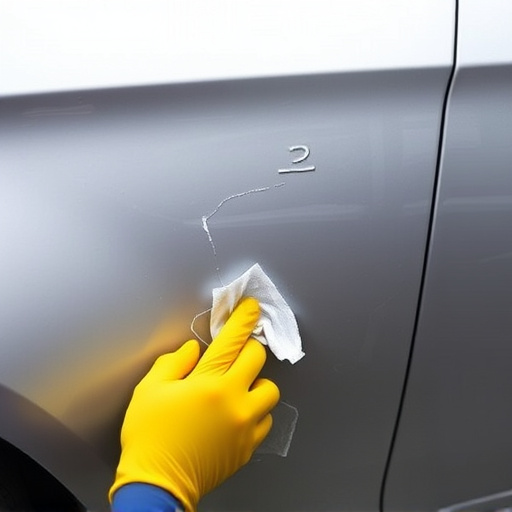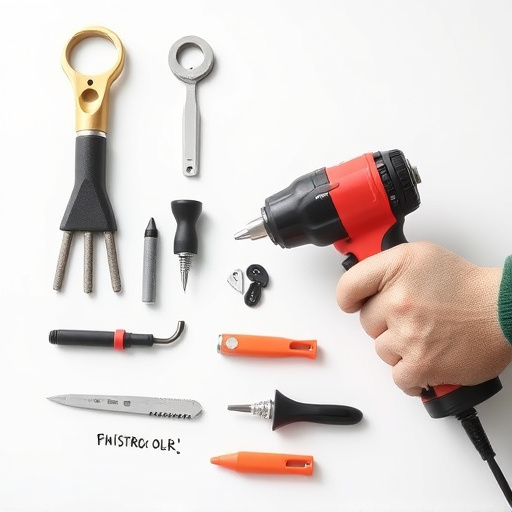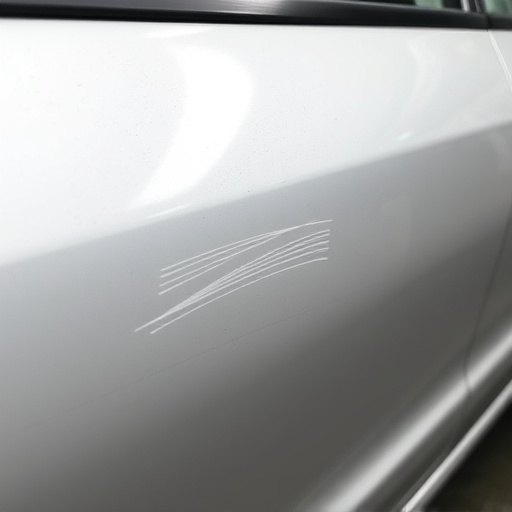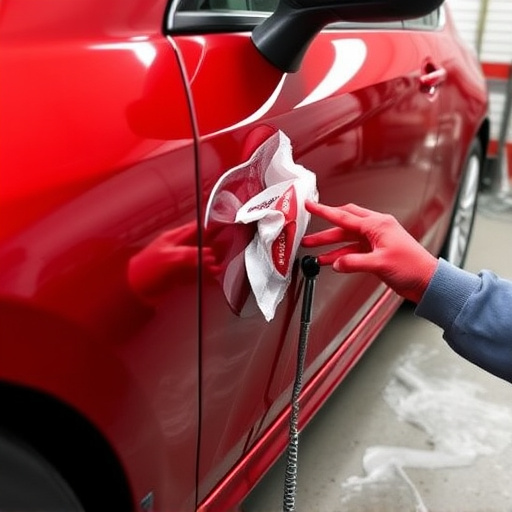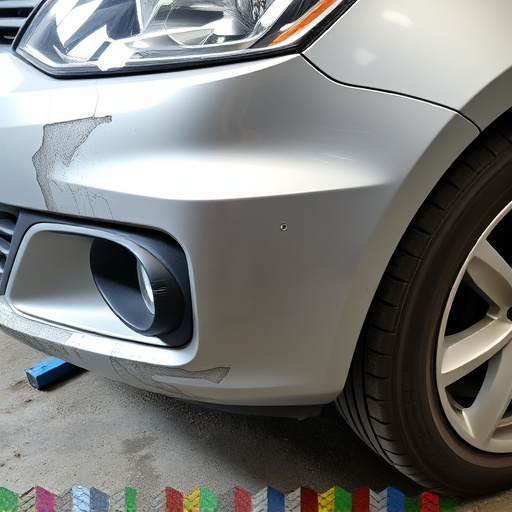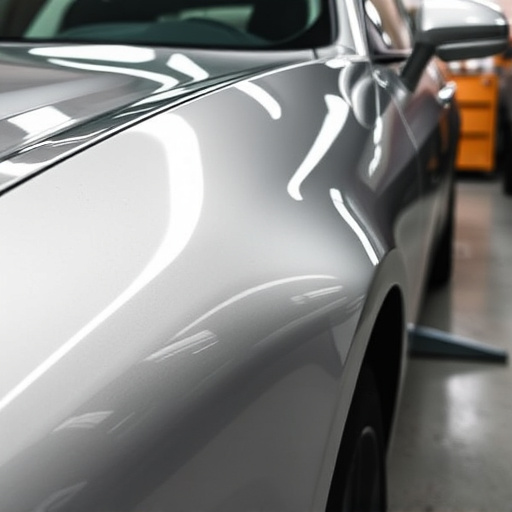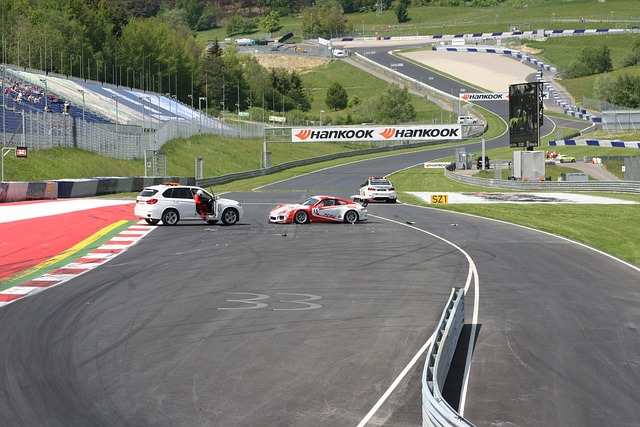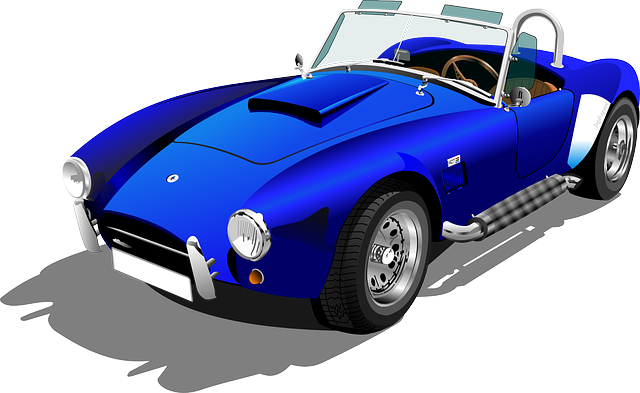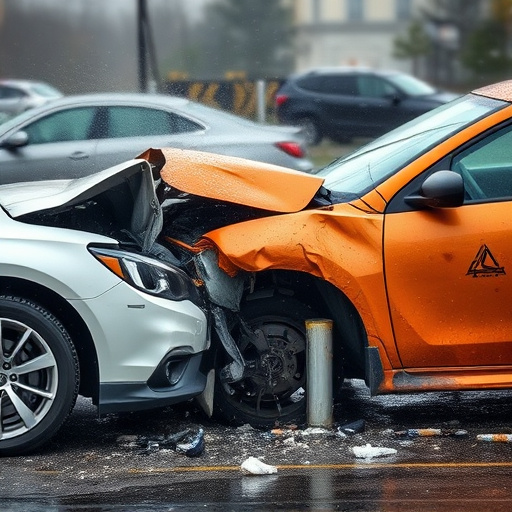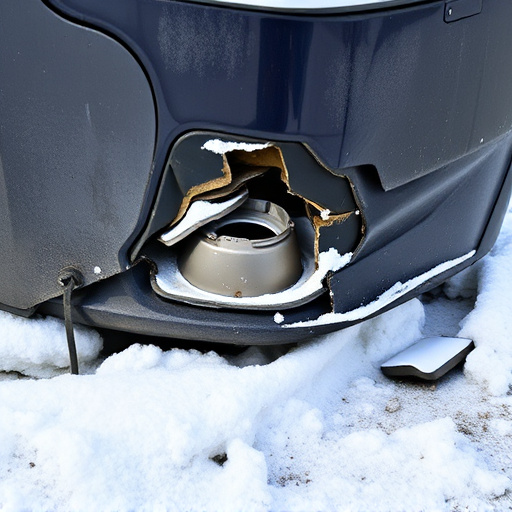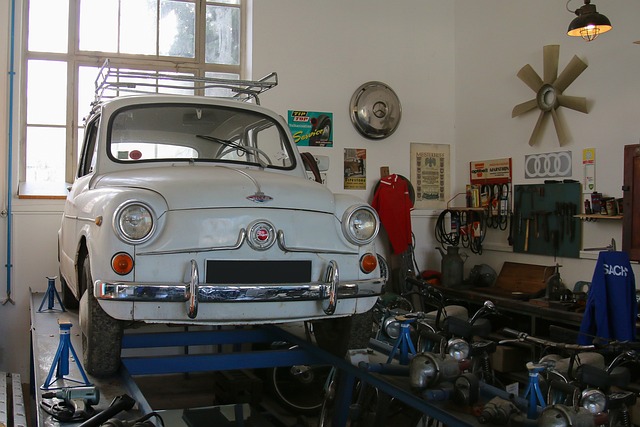Aftermarket bumper repair, offered by collision shops, maintains vehicle integrity and appeal. DIY can be risky; professional installation ensures safety, adheres to manufacturer standards. Proper tools, genuine parts, thorough cleaning, and inspection are key for successful repairs. Complex cases require automotive expertise for optimal aesthetic and safety results.
“Avoiding DIY Disasters: Mastering Aftermarket Bumper Repair is a crucial guide for anyone considering taking on this task. Aftermarket bumper repairs offer a cost-effective way to restore your vehicle’s aesthetics, but DIY blunders can lead to costly mistakes. This article demystifies the process, revealing common pitfalls to steer clear of. From proper preparation to choosing the right tools and materials, we’ll equip you with knowledge to ensure successful, long-lasting repairs for your aftermarket bumper.”
- Understanding Aftermarket Bumper Repair Basics
- Common DIY Mistakes to Avoid
- Best Practices for Successful Repairs
Understanding Aftermarket Bumper Repair Basics
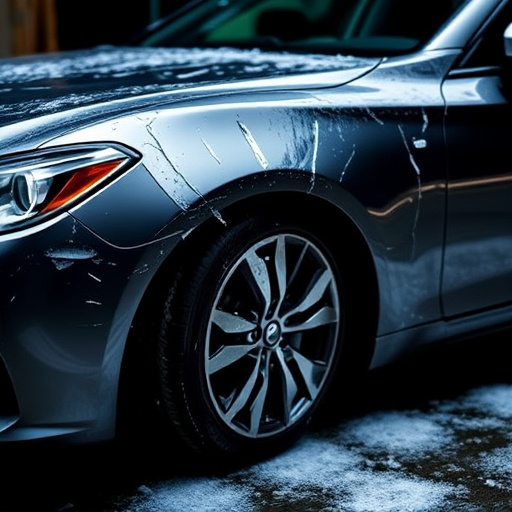
Aftermarket bumper repair is a specialized service that involves restoring or replacing damaged car bumpers, typically offered by collision repair shops. It’s a crucial aspect of auto body services, ensuring vehicles not only look their best but also maintain their structural integrity. The process can range from simple dent removal to complex repairs, often requiring specific tools and expertise.
Understanding the basics is essential before attempting any DIY approaches. Aftermarket bumpers are designed to fit various vehicle models, making them a convenient solution for those looking to save costs. However, improper installation can lead to further damage or safety hazards. It’s recommended to seek professional help from a trusted collision repair shop, especially for more severe cases, ensuring the repair aligns with manufacturer standards and enhances your car’s overall appearance and safety features.
Common DIY Mistakes to Avoid
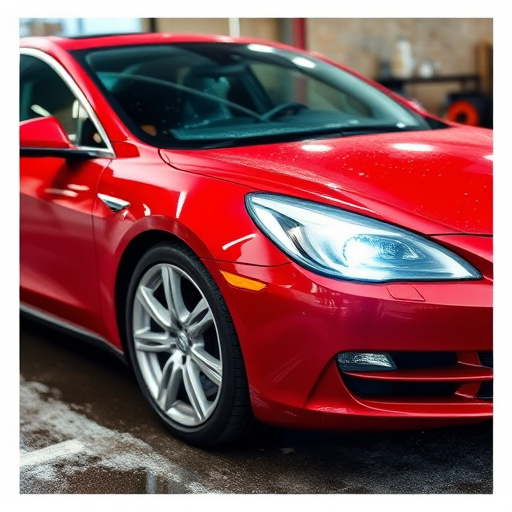
When attempting an aftermarket bumper repair yourself, it’s easy to fall into common pitfalls that can compromise the final result. One of the biggest DIY errors is underestimating the complexity of the process. Bumper repairs often require specialized tools and techniques, not typically found in a home garage. Ignoring safety precautions, such as wearing protective gear, can also lead to accidents and subpar finishes.
Another frequent mistake is using the wrong materials or not preparing the surface adequately before applying new layers of paint or plastic. This includes failing to properly sand, clean, and prime the bumper, which ensures better adhesion and a more durable repair. Relying on generic automotive restoration supplies instead of those specifically designed for aftermarket bumper repairs can contribute to these issues, potentially resulting in an unsightly finish that doesn’t match the vehicle’s original color or texture. An alternative would be to visit an automotive body shop, where professionals equipped with the right tools and expertise can handle these repairs seamlessly.
Best Practices for Successful Repairs
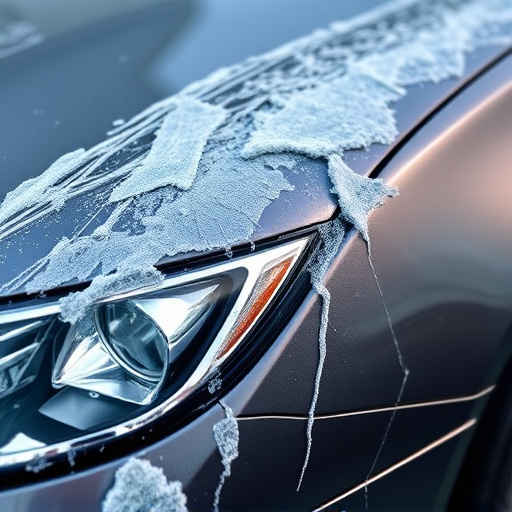
When undertaking aftermarket bumper repair, adhering to best practices is paramount to achieving a seamless and durable fix. Before starting any repair work, ensure you have the right tools and equipment for the job. This includes acquiring genuine replacement parts that are designed specifically for your vehicle make and model. Aftermarket bumper repairs require precision, so consider using professional-grade tools to guarantee accurate measurements and installations.
Additionally, preparation is key. Clean the damaged area thoroughly to remove any debris or dirt that might compromise the bond of the repair. Inspect the surrounding areas for potential damage that could impact the repair process. Understanding your vehicle’s design and the unique challenges it presents will help you navigate the repair successfully. Remember, seeking guidance from a trusted auto repair near me shop, especially for complex cases, can be invaluable in ensuring your aftermarket bumper repair is done correctly, enhancing safety, and retaining the vehicle’s aesthetic appeal.
When undertaking an aftermarket bumper repair, avoiding common DIY errors is essential for achieving a durable and visually appealing finish. By understanding the basics, adhering to best practices, and steering clear of mistakes detailed in this article, you can confidently tackle your bumper repair project, ensuring a smooth and successful outcome for your vehicle’s aesthetics and safety. Remember, proper execution of an aftermarket bumper repair is not just about saving costs; it’s also about maintaining your vehicle’s value and ensuring long-lasting protection on the road.
